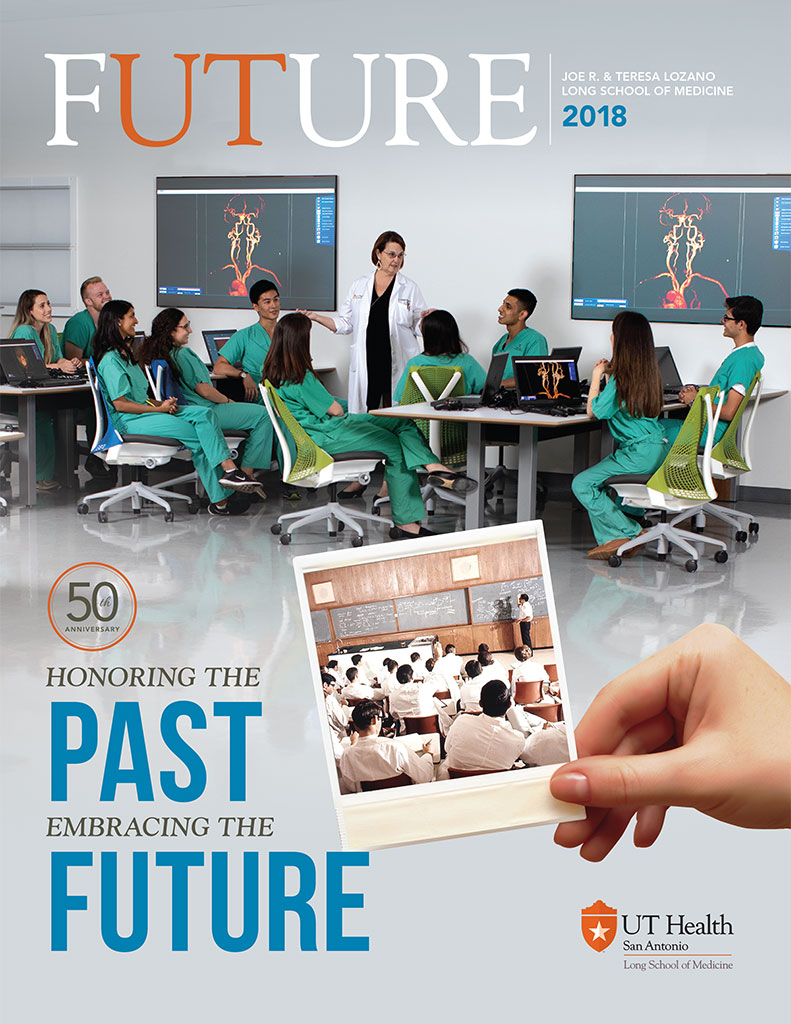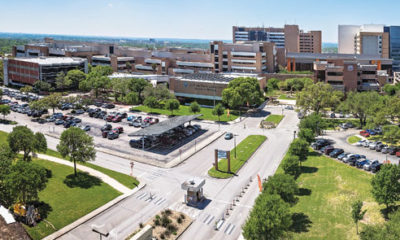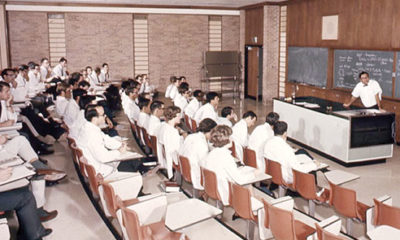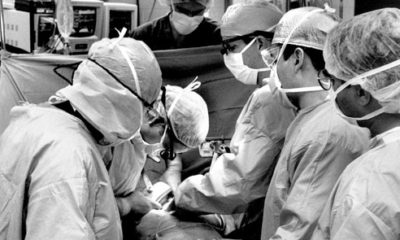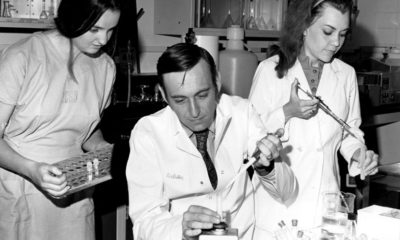Dean’s Message from Robert Hromas, M.D., FACP
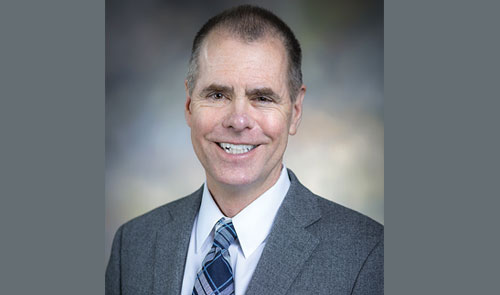
Dear Friends,
In this issue of Future magazine, we celebrate the first 50 years of the Joe R. and Teresa Lozano Long School of Medicine. I hope you enjoy this special issue as we reflect on the historic accomplishments in academics, research and patient care since the doors first opened in September 1968.
At this time, I would like to share my vision for the next five years for the Long School of Medicine. For one, we are a school first. We train the next generation of doctors, and we are proud to do so. It is an important privilege.
The medical school curriculum was completely modified and implemented in 2012. The Class of 2016 was the first group to complete four years of the new Curricular Integration: Researchers, Clinicians, Leaders, Educators (CIRCLE) curriculum. Our results on standardized tests have gone up. Match Day 2018 had the highest residency match percentage in the school’s history—99 percent.
We pride ourselves on the ability to individualize a course of education for each medical student. In addition to having the M.D. program, we also offer a wonderful global health experience, an M.D./M.P.H. program; an M.D./Ph.D. program; and are about to offer an M.D./M.B.A. program. We have 900 medical students and 800 residents and fellows. We take our educational mission extremely seriously because we are the Long School of Medicine.
Our school is the largest trainer of physicians in South Texas. And, many of them remain in San Antonio and the surrounding region to practice medicine. For residency training, we offer the latest techniques and complex cases in our partnerships with University Hospital and the Audie L. Murphy Memorial VA Hospital.
Next, we have an enormously productive research enterprise. It is bringing our science into clinical care. We have world leaders in Alzheimer’s disease, diabetes, cancer, aging and kidney disease. In each of these areas, we are actively translating molecular discoveries into new therapies for these difficult-to-treat diseases. We are a medium-size medical school, but the impact of our research is far greater than our size. We regularly publish in the very top journals in the nation.
An area we would really like to emphasize in the future is commercialization. It is difficult for us to generate the revenue needed for our science to be translated into clinical trials. However, if we can create partnerships with other small biotechnology corporations or venture philanthropists, it is much easier to bridge the chasm between the laboratory and the clinic.
Our physician practice is the largest vertically integrated medical group in San Antonio with 800 physicians. We have started an accountable-care organization in order to bring independent primary care practice together throughout the city with combined quality, safety and savings programs.
UT Health Physicians offers primary care in both health maintenance and disease prevention all the way through the most complex specialty care, such as liver transplant or curing cardiac arrhythmias. We plan on growing our clinical enterprise both in partnership with community groups and by expanding our own faculty physicians.
We want to emphasize community engagement in wellness maintenance to prevent obesity, hypertension and diabetes. It is also imperative that we disseminate systematic cancer screening throughout the city. Only about a third of San Antonio’s residents get screened for cancer. There is a human cost to that because patients who present with later stage cancer are no longer treatable. Another of our goals in the next five years is to take health care to the community instead of the community having to come to the South Texas Medical Center.
In addition, I would like to share why I decided to come to UT Health San Antonio. First, my mother’s family was from this region. My grandfather and great grandfather were pastors near Katy, but they did a lot of traveling in this area for their work. I feel I have South Texas roots.
Second, this is a wonderful team that is very collegial. They are good people to work with. I enjoy the medical school chairs, President Bill Henrich and the vice deans. All are easy to work with and fun to be around. It is a great team.
Third, this is one of the few places in the nation that has a National Institutes of Health-funded cancer center, NIH-funded aging center, and NIH-funded clinical trials center. There are only about a dozen medical schools that have all three of those funded. Despite our medium size, we have excellent research and top-quality scientists in those areas.
San Antonio itself is fertile ground for testing new clinical treatments because demographically it is what the nation will look like in 20 years. The integration with University Hospital and the VA hospital is a strength. Having those partners at our side teaching medical students, residents and fellows and caring for our complex patients makes us all stronger.
I think there is enormous potential here. Many strengths, while apparent to those already here, were not publicized nationally. This place is a jewel of South Texas, and we hope to let the nation know how strong we really are.
In summary, it is with great pleasure that I join the UT Heath team. I truly cannot think of a better place to work and higher quality people to work with. The potential here is amazing, and it will be exciting to see the future discoveries that come from our team.
Robert Hromas, M.D., FACP
Dean, Long School of Medicine

